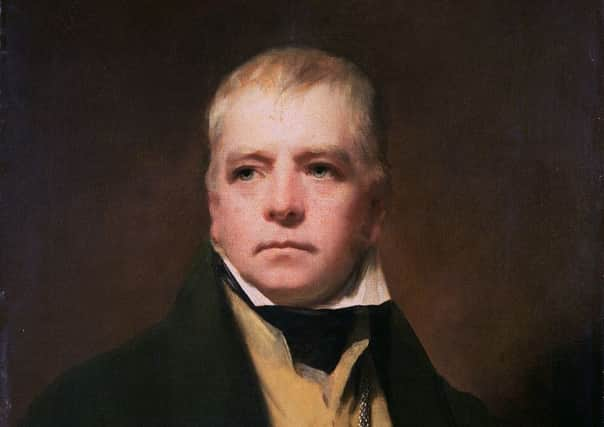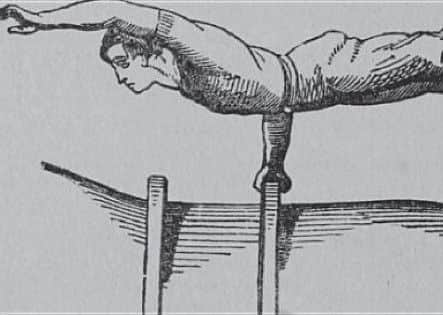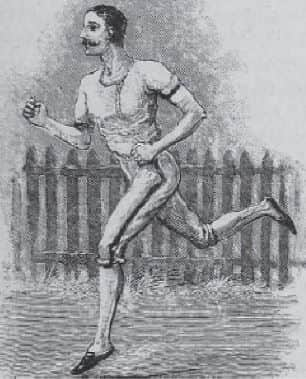Edinburgh's extraordinary Six Foot High Club
This article contains affiliate links. We may earn a small commission on items purchased through this article, but that does not affect our editorial judgement.


Established in Edinburgh in 1826, the Six Foot High Club was a men’s-only fitness organisation created “for the express encouragement, practice, and promotion of all national and manly games”.
The club met three times a week, and as its name not-so-subtly suggests, they refused any person measuring under 6 feet tall.
Advertisement
Hide AdAdvertisement
Hide AdAdmittance rules were strict. Each new candidate was required to meet the agreed height provision standing “in his stocking soles”, and, to ensure absolute accuracy, an adjustable cross bar set at a minimum of 6 feet from the ground was installed. If a sheet of writing paper could be placed between the head of the aspiring member and the cross bar, he was declared “wanting” and refused membership.


The Six Foot High Club drew most of its subscribers from the Edinburgh area. Membership was restricted to 135 - an impressive number when you consider that the average height for men in Scotland at this time was approximately 5”3.
Activities were mainly centred around gymnastics and athletics. The club had a gymnasium in East Thistle Street and a training ground at Inverleith. The club’s motto, ‘Scientia viribus juncta’, referred to the relationship between strength and skill.
Other sports included hammer-throwing - an exercise “particularly well-calculated for bringing into play all the muscles of the body”, rifle shooting, fencing and wrestling. Competition was fierce, and medals were awarded to the gentlemen who scored the highest points.
Away from sport, the club was very particular about its social dress code, stipulating that all gentlemen wear the “finest dark green cloth coat, double-breasted with special buttons and a velvet collar”. A top hat was required for special occasions. In other words, to be a member of the Six Foot High Club you needed to be naturally tall and rather wealthy - this was not a club for wheel-tappers and shunters.


The club had a penchant for attracting notable literary figures. The most famous of these being Edinburgh-born writer Sir Walter Scott, who became club umpire.
Scott, who was considered tall, but not quite tall enough to join the club on merit, was inscribed as an honourary member alongside a handful of fellow literary figures.
Advertisement
Hide AdAdvertisement
Hide AdWriting in 1829, Scott said: “What a tail of the alphabet I should draw after me, were I to sign with indications of the different societies I belong to, beginning with the presidency of the Royal Society of Edinburgh and ending with umpire of the Six Foot High Club”.
In later years, another famous Edinburgh author, Robert Louis Stevenson, also joined the club.


Following treks and hunting trips, members of the Six Foot High Club frequented Stevenson’s neck of the woods, using the Hunters’ Tryst Inn as a base on numerous occasions.
In his unfinished novel St Ives, Stevenson made mention of the club, citing their predilection for alcohol and the fact that although “six feet was their standard, they all exceeded that measurement considerably”.
Edinburgh’s Six Foot High Club is long since defunct, however, there are similar clubs out there in 2016.
The Tall Persons Club GB & Ireland was founded in 1991, acting as “a social outlet that facilitates the meeting of equally elevated souls”. The average height of female members is 6”1, with male members averaging 6”6.
The club, which marks its 25th anniversary this year, recognises the Edinburgh’s Six Foot High Club of 1826 as the first of its kind.
DOWNLOAD THE EDINBURGH EVENING NEWS APP ON ITUNES OR GOOGLE PLAY